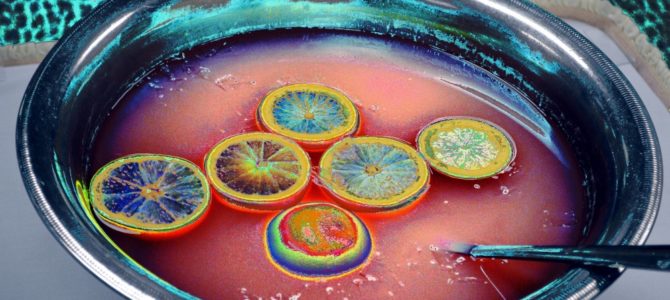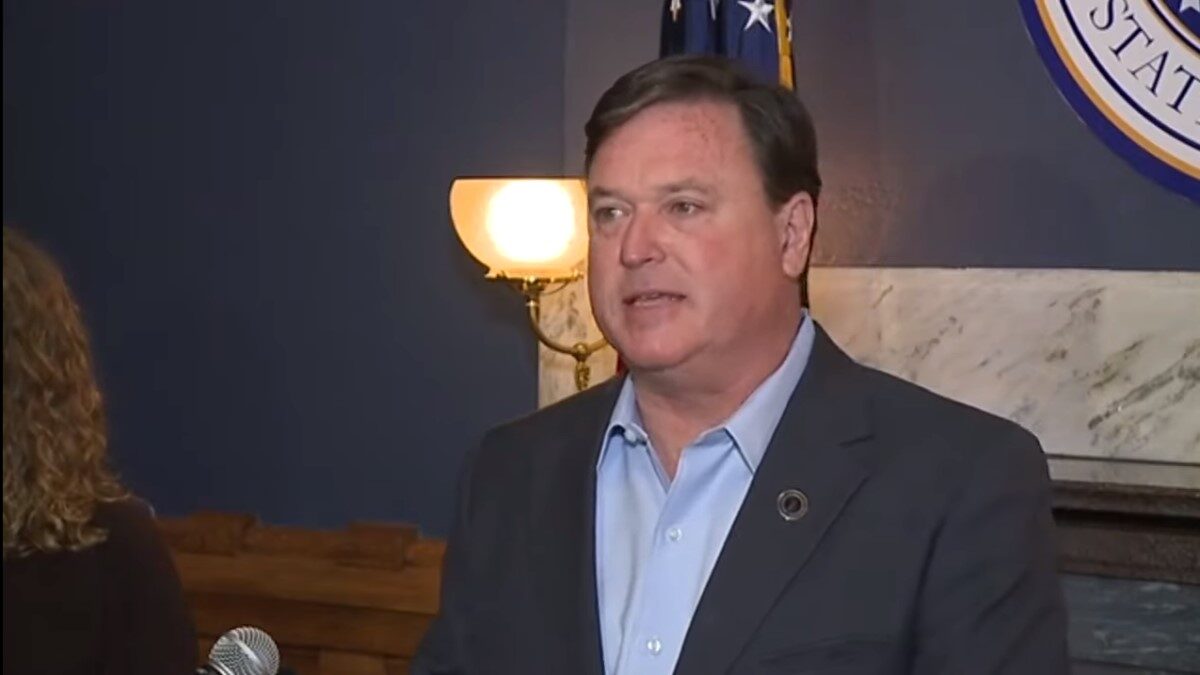
The popularization of psychedelics has already transformed the American mind. As tripping becomes normalized and legal in the coming decade, the pace of change will only accelerate. There will be more openness to new ideas, both brilliant and insane. Commercial availability will also invigorate the market for synthetic religious experiences.
Having seen people gobble up hallucinogens in various contexts, I’m not particularly bothered by the substances themselves. The physical effects are negligible—fatality rates are basically zero—and many people derive real insight from their use. Certainly, a sizable minority become head-spun wackos, but compared to the utter devastation wrought by opiates, or even alcohol, it’s a peripheral concern.
What freaks me out is seeing bio-chemical divinity go mainstream. These fads make for interesting subcultures—generating elaborate art and hilarious stories—but could become monstrous in the hands of our current ruling class. Big Pharma’s track record is already abysmal, from the over-use of SSRI antidepressants to the ongoing opioid crisis.
Ego-driven psychiatrists and greedy doctors were at the front lines of these reckless promotional campaigns. Soon, the same community that prescribes hormone-blockers to confused kids and often portrays conservatism as a mental illness will be ordained to dispense spiritual experiences in a capsule. Shrinks will be licensed to interpret the “voice of God.”
A Prescription for Spirit Molecules
When talking about psychedelics, it’s important to distinguish one from the other. Some can be picked and eaten in the field (mushrooms, peyote), while others require processing (LSD, DMT). Here’s a very brief rundown, in order of intensity, assuming a moderate dose:
- Psilocybin – mushrooms; 6 hours; mild hallucinations
- Mescaline – peyote cactus; 6 hours; mild hallucinations
- LSD – ergot fungus; 8-12 hours; fairly intense hallucinations
- DMT – toad glands; 15-30 minutes; intense out-of-body hallucinations
Each has its own flavor—with huge variations from person to person—but all tend to evoke humor and a sense of spiritual wonder. Users often report a sense of oneness with Nature, deep insight into the mind, and lasting emotional catharsis. If the trip goes south, one confronts inner demons and existential terror.
Lasting side-effects may include delusional thinking and persistent anxiety. The worst outcome is when someone has a great time, talks about it incessantly, and insists that everyone in the world needs to give it a try.
Apparently, this messaging is working. A 2013 data analysis found that about 10 percent of Americans have tried mushrooms, LSD, or peyote. Youth experimentation is roughly the same level as peak Boomer use in the 1960s, and climbing fast. A more recent study found that between 2015 and 2018, LSD use alone had increased more than 50 percent. This craze has enormous momentum in Silicon Valley.
After a long hiatus during the Drug War, scientific research on psychedelics has exploded in the 21st century. The prestigious Johns Hopkins Center for Psychedelic and Consciousness Research in Baltimore, Md., the Beckley Foundation in Oxford, United Kingdom, and the Multidisciplinary Association for Psychedelic Studies (MAPS) have all been hard at work quantifying and medicalizing the soul. Press releases suggest PTSD treatment and end of life care are promising avenues.
More ominously, this careful lab work is set to become a boutique industry in Portland, Oregon—that funky Petri dish of transgender toddlers, Antifa riots, sidewalk heroin injection, and sprawling homeless encampments. When full legalization comes into effect in Oregon (slated for January 2023 under Measure 109), sanctioned facilities will be permitted to dispense psilocybin mushrooms on-site, with a team of psychiatric “experts” to guide the trip.
Assuming the trend toward full legalization continues, the clinician’s notorious Christ-complex will likely spread to other places possession of hallucinogens has recently been decriminalized, such as Denver, Colorado, Oakland, California, and Washington DC.
For better or worse, their patients’ minds will undergo radical change. In the aggregate, so will society. It will resemble the ’60s, only this time, the psychedelic renaissance will take place under medical authorities and state supervision, with the corporate sheen of celebrity endorsement.
This Is Your Role Model On Drugs
A prime example of this cultural shift is a recent Bloomberg profile of Christian Angermayer. The German investor founded the psychedelics-focused biotech firm Atai Life Sciences, backed by Peter Thiel. It’s currently valued at $2 billion. The article details Angermayer’s “strange portfolio for these strange times,” which includes space travel, Covid treatments, and cryptocurrency.
The shrewd investor credits magic mushrooms as being the secret of his success. He told Bloomberg Wealth, “It was the single most meaningful thing I’ve ever done in my whole life, nothing really comes close.” Angermayer says he was on mushrooms when he finally wrapped his head around Bitcoin. That investment made him a fortune. Apparently, he also figured out how to plug his own mind-expanding products in mainstream media.
The Bloomberg reporter takes care to note the investor’s office has an “ancient statue of Hecate, the Greek goddess of witchcraft.” Whatever her intention, it’s an astute observation.
Of all the celebrities to endorse psychedelics, Mike Tyson is the most surprising. Two years ago, the boxing legend raved to ESPN about his “born again” experience smoking DMT (a.k.a. “The Toad”): “My whole life totally changed. … I realized I’m nothing. … When you think you know everything, then you realize you don’t know anything. It’s a big awakening. You can call it growth, or you can call it divine intervention.”
Appearing on “The Joe Rogan Experience,” Tyson discussed how the drug’s ego-flattening effects made him more comfortable with the prospect of death: “Nothing else could supersede that. … It’s like I’m dying! Things are going past me, I’m seeing the Aztec things, I’m seeing toads, I’m just seeing weird animals. … It’s inconceivable.”
That sense of ultimate significance is a hallmark of the hallucinogenic experience. It undergirds the popular term “entheogen”: a psychoactive substance used for spiritual purposes. High doses of mushrooms, peyote, LSD—and even small amounts of DMT—consistently produce mystical states.
Many people describe direct encounters with God—or gods, or god-like beings, or clockwork elves, or lanky gray aliens. Others describe torment by swarms of demons. Some see all of the above. A few see no distinction between them.
Time and again, users say these mental realms feel “more real” than the day-to-day physical world. It’s tempting to scoff at this notion, especially when crusty hippies talk about it, but I dare any skeptic to tell Tyson that his vision quest was all in his head.
Bill Buckley and the High Priest of LSD
The normalization of entheogens is part of a long historical stream. Their use predates written history, albeit among isolated tribes. The current revival in the West was sparked by the re-discovery of psilocybin mushrooms in the 1930s and the synthesis of LSD in 1938. We’re now entering the mass production phase.
America’s initiation into this mind-bending dimension was presided over by Timothy Leary, the Harvard psychologist turned “High Priest of LSD.” Leary was obsessed with ritual magic and the occult. At one point he claimed to be the reincarnation of Aleister Crowley. By the 1990s, he envisioned an earthly paradise ruled by young people—an “Age of the Child”—where global corporations govern wisely, psychedelics are ritualized, and virtual reality is a sacred space.
Of Leary’s many public spectacles, one of the more illuminating was his 1967 face-off with William F. Buckley on “Firing Line.” “Yes, I have found God,” Leary told a young man in the TV studio. “The LSD experience is a brutal confrontation with the divine process.”
Leary disingenuously presented himself as a mere prophet rather than a walking ad for techno-chemical enlightenment. But that doesn’t mean he wasn’t telling the truth: “I’m warning people that psychedelic chemicals [are] a powerful trip. It will show you things about yourself and about the divine process that you and your mind have been protected from. … The motto of our religion is ‘Turn on, tune in, and drop out.’”
An adept trickster, Leary played on Buckley’s home field while bending the rules:
I consider myself to be much more conservative than you. … Psychedelic people are…going back to exactly the values which have been fragmented and destroyed by American society. We’re going back to the family. … We give our kids psychedelic sacraments like marijuana and LSD. …
There’s nothing that’s more old-fashioned than a parent worshiping with his child and sharing in the shrine of the home the deep spiritual moments of life. … Like it or not—believe it or not—the LSD experience is a philosophic and a religious experience.
Buckley’s retorts were typically snide, but he did land a few zingers. In response to Leary’s prescient claim that “electronics are gonna be the language of the theology of the future,” Buckley responded: “It may be that in the world of the future we’re going to be incapable of making sound distinctions. … It may be that we’re heading for an Orwellian world in which IBM itself will assume some sort of metaphysical reality. But I say that if that happens, we will have lost whatever it is that makes civilization take any meaning at all. I don’t think it’s that easy to form a new religion.”
More than five decades into this lunacy, both men are somewhat vindicated.
Then again, neither foresaw a society where normies casually munch ‘shrooms in a sterile clinic while state-sanctioned hacks guide their impressionable minds. If the ‘60s were a free-lovin’ flea market, the coming decade will be Walmart on acid.









